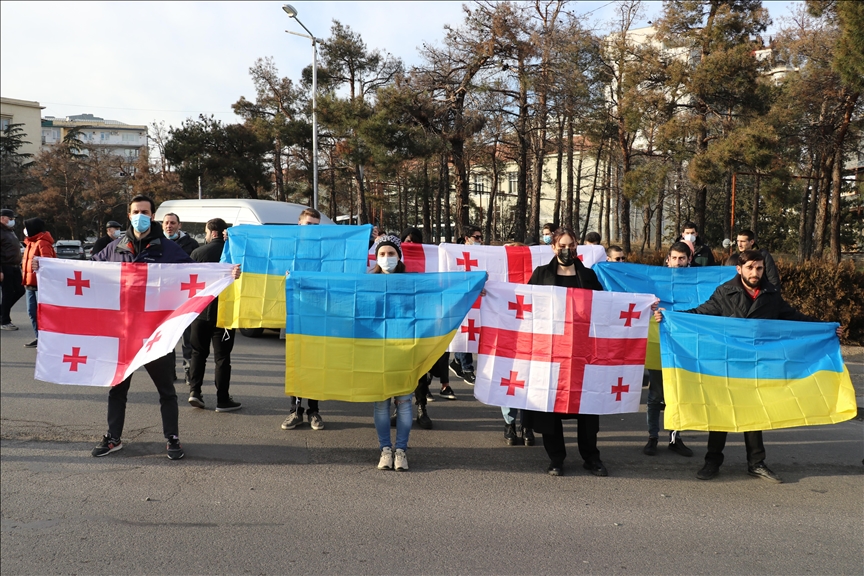John L. Dorman
Sanders complained that Senate Republicans have not had to take many votes on consequential bills.
Due to Democratic infighting, the party's key social-spending bill has stalled in the upper chamber.
Sanders wants to see individual components of Build Back Better brought to the floor for votes.
Sen. Bernie Sanders on Sunday said Senate Republicans are "laughing all the way to Election Day" since Democrats have yet to schedule a vote on the party's signature social-spending bill which has languished in the upper chamber due to intraparty divisions.
During an interview on CNN's "State of the Union," the Vermont independent and chairman of the Senate Budget Committee said Senate Republicans have essentially been left off the hook in casting votes for consequential pieces of legislation as lawmakers look toward the November midterm elections.
"What has bothered me very much is the Republicans are laughing all the way to Election Day," he said. "They have not had to cast one bloody vote — which shows us where they're at. And we have got to change that."
While the Senate easily passed the $1.2 trillion bipartisan infrastructure bill championed by President Joe Biden last year, the larger social-spending bill — which was originally pegged at $3.5 trillion before it was whittled down to roughly half of that amount — fell victim to opposition by Sen. Joe Manchin of West Virginia and a lengthy back-and-forth with Sen. Kyrsten Sinema of Arizona.
Manchin backed many of Biden's climate provisions, along with expansion of the Affordable Care Act and universal pre-K, but balked at extending the monthly child tax credit program without major changes. The senator appeared on Fox News in December to oppose the Build Back Better bill, despite efforts by Biden officials to stop him.
Manchin's counteroffer to the White House for a smaller social-spending bill was reportedly off the table earlier this month, but last week, the senator said that renewed talks regarding the legislation would be "starting from scratch."
Biden said during a Wednesday press conference that he believed parts of the Build Back Better framework could pass Congress before the midterm elections.
"I'm confident we can get pieces, big chunks of Build Back Better signed into law," Biden said.
During the CNN interview, Sanders said the Senate should hold floor votes for individual components of the larger social-spending bill, which would allow members to clarify their respective positions.
He added that Democrats could craft a bill with the initiatives that are able to clear the upper chamber, pointing to the popularity of many of the party's policies among the American public.
"People want to expand Medicare. People want to deal with the crisis of climate," he said. "So what we are talking about is what the American people want. And I think, when you bring bills on the floor — we have allowed the Republicans to get away with murder."
Sanders — who said earlier on Sunday that he backed the Arizona Democratic Party's decision to censure Sinema over her refusal to change filibuster rules to pass voting-rights legislation — stated that Republicans need to have their votes on the record.
"They haven't had to vote on anything," he said. "Now, if they want to vote against lowering the cost of prescription drugs, expanding Medicare, dealing with child care, dealing with housing, let them vote, and let Manchin and Sinema decide which side they are on."
He added: "And when all of that shakes out, we will see where we are. I have the feeling that we will be able to get 50 votes or more on some of these issues. We could put that piece together and then pass something that's very significant."




















